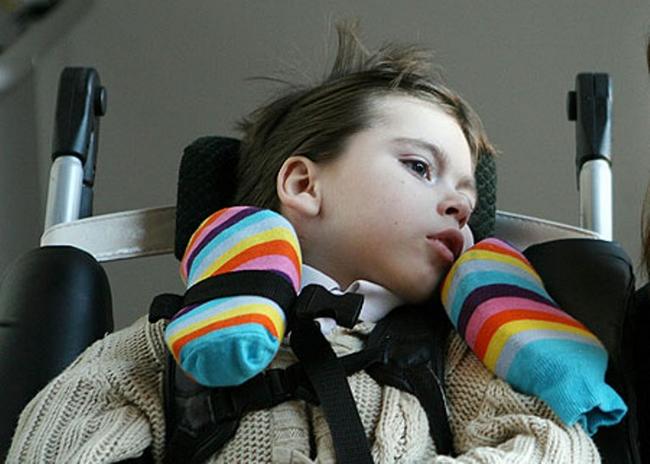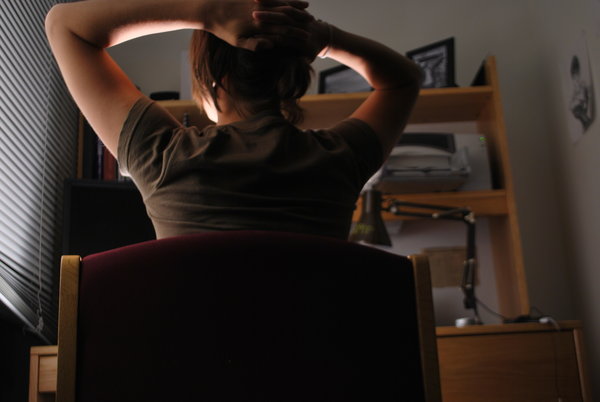
Cerebral palsy is a disorder which severely impacts nerve motor functions affecting movements of body parts, balance, posture, learning, hearing, seeing, and thinking. It is caused by physical injury or aberrant growth of the corners of the brain controlling motor activities. Symptoms of cerebral palsy is usually reflected in the very early years (first 2-3 years) of life.
The disorder of cerebral palsy has the following forms:
1. Spastic (pyramidal)
It is characterized by increased muscle tone. This type of cerebral palsy may affect even the whole body. This is the most common form of cerebral palsy covering more than half of the diseased.
2. Dyskinetic (extra-pyramidal)
This type of cerebral palsy impairs coordination of movements.
3. Mixed
It is characterized by the attack of different types of cerebral palsy at same time. A commonly found combination is spastic and athetoid.
Causes of Cerebral palsy
Cerebral palsy is a disorder which does not formulate from a single factor, instead a blend of different factors contribute to its birth. In some of the cases of cerebral palsy, causes of the disorder even remain undiscovered.
The major causes can be categorized under following headings:
1. Physical injury or damage
Any physical injury occurred during pregnancy times or just after the birth in first few years, impacting the developing brain of the child can contribute to the birth of this disorder. So extra care to pregnant mother is vital.
2. Problems at delivery
Problems occurred during delivery of the child resulting in inadequate supply of oxygen also contribute to growth of cerebral palsy. Proper hospital care can eliminate these types of factors accounting for growth of cerebral palsy.
3. Problem in brain’s activity
Uncontrolled electrical activity in the brain, thyroid infections of mother also contribute to the growth of this disorder in the fetus. So advanced monitoring is must to save the lifes of both the mother and the child.
4. Rh factor incompatibility
Lack of compatible RH factor in the mother and fetus may also result in this disorder. However, modern medical science can deal with these complicated cases of RH factor incompatibility.
5. Genetic and hereditary defects
Certain conditions related to genes and hereditary also contribute to this disorder.These problems can be rooted out through advanced techniques of genetic engineering.
6. Problems at birth
Premature birth, multiple birth, low weight of the child at the time of birth may be considered as an stimulator of Cerebral palsy. So proper medical supervision is must during pregnancy to avoid any loss due to cerebral palsy.
7. Child abuse
Abuse of the child at infant stage can cause serious damage to the brain resulting in cerebral palsy. Thus a child who is victim of cerebral palsy should be given extra care as even minor cases of abuse may cause serious damage to brain compounding the disorder of cerebral palsy. In some cases even the death of the abused child is reported.
8. Disorders like jaundice
Intensive cases of jaundice also contribute to the growth of cerebral palsy so proper diagnosis of such disorders is must to make it sure that the child is free from cerebral palsy.
Symptoms of Cerebral Palsy
It is difficult to distinguish the symptoms of cerebral palsy at infant stage but as the child grows it becomes relatively easier to pin point and monitor the symptoms.
The major symptoms can be categorized under following headings:
1. Abnormality in movements
Abnormal movements of body parts which are controlled by motor nerves affecting the movements of hands, legs, arms, feet, which get worse during times of mental strain.
2. Lack of coordination
Cerebral palsy results in lack of coordination between different body parts which disturbs the whole body balance and the victim is similar to one who is paralyzed.
3. Joint contracture
Victims of cerebral palsy face the problem of joint contracture which is marked by stiffness of the joints that prevents full extension.
4. Tremors
Victims of cerebral palsy reflect signs of tremors as a result some body parts especially arms and hands or even the whole body shakes.
5. Speech problems
Victims of cerebral palsy show signs of speech problems. It is similar to motor speech disorder which creates difficulty in expression.
6. Hearing and vision problems
Victims of cerebral palsy also reflect hearing and vision problems. They face difficulty in hearing sounds and they are also affected by vision problems. More than 50% of people with cerebral palsy report problems of defective vision.
7. Seizure
Victims of cerebral palsy also shoe signs of seizure. A seizure is the physical findings or changes in behavior that occur after a series of abnormal electrical activity in the brain which is characterized by change in alertness (the person cannot remember a period of time), hallucinations.
8. Problems related to eating and drinking
Victims of cerebral palsy report problems of vomiting, constipation, problems in swallowing, and chewing etc.
9. Dental problems
Victims of cerebral palsy report abnormalities in enamel of teeth and difficulties while brushing the teeth.
10. Other symptoms
Victims of cerebral palsy also show signs of breathing problems, abnormal growth, urinary incontinence (Urinary (or bladder) incontinence is when you are not able to keep urine from leaking from your urethra, the tube that carries urine out of your body from your bladder), increased drooling (when saliva flows outside the mouth).



